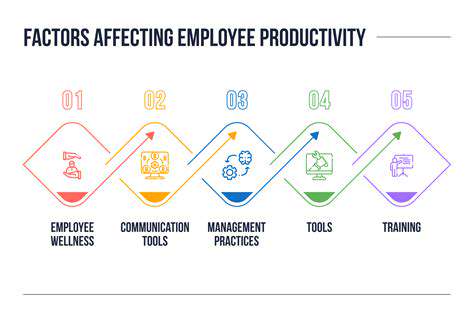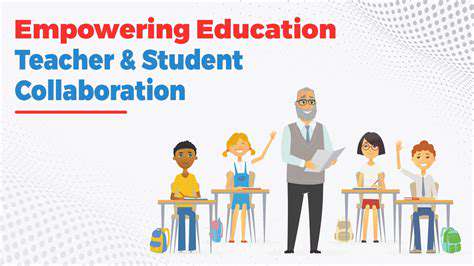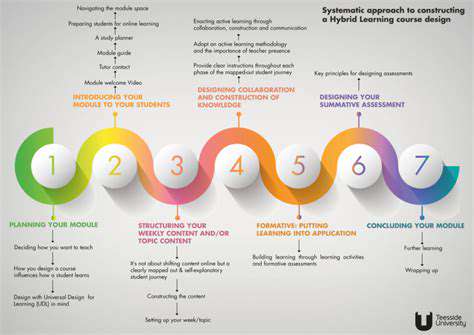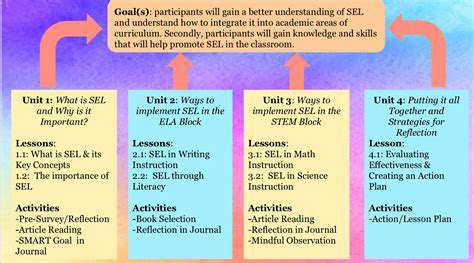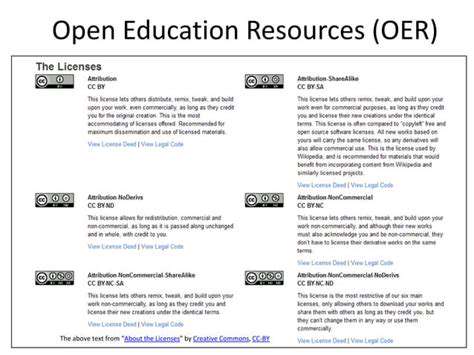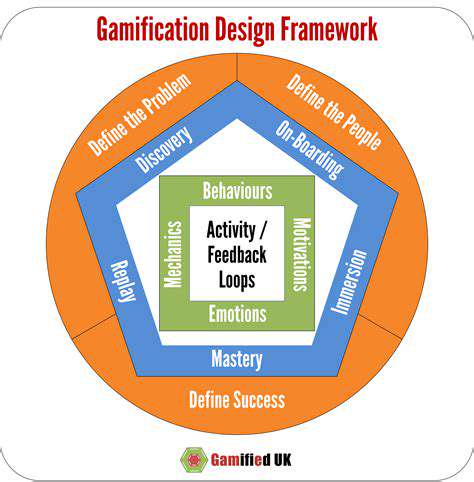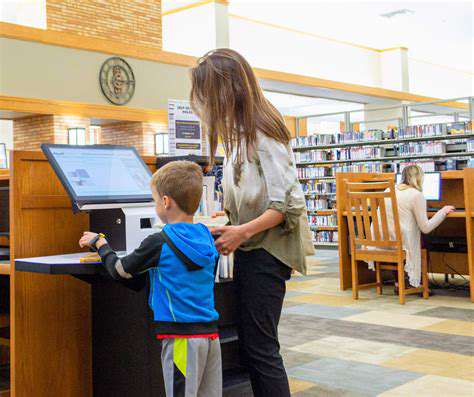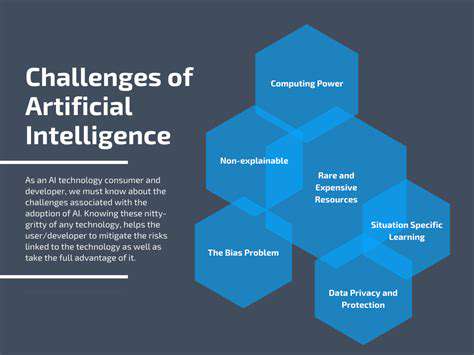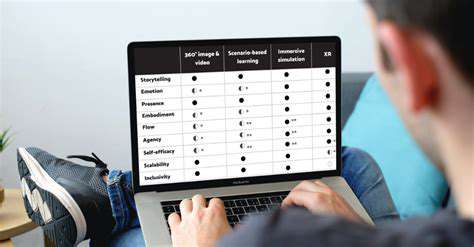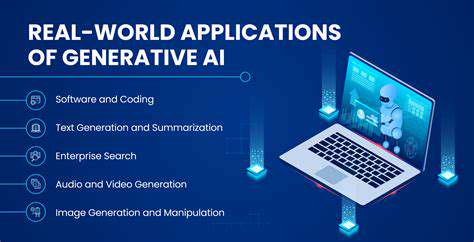The Role of Voice Control in Immersive Learning Environments
Accessibility for Diverse Learners
Understanding Diverse Learning Needs
Diverse learners encompass a wide spectrum of needs, including those with physical disabilities, learning differences, and varying cultural backgrounds. Recognizing these diverse needs is crucial for creating inclusive and effective learning experiences. This understanding extends beyond simply accommodating differences; it necessitates a shift towards designing learning environments that are flexible and adaptable to cater to the unique learning styles and preferences of every individual.
A key aspect of this understanding involves appreciating the different ways learners process information and acquire knowledge. Some learners thrive in visual environments, while others benefit from hands-on activities or auditory experiences. Recognizing these varied preferences allows educators to employ a multi-sensory approach to instruction, ultimately maximizing engagement and comprehension for all students.
Voice Control as a Universal Design Tool
Voice control technology emerges as a powerful tool within the framework of universal design for learning. By offering a flexible and adaptable interface, voice control empowers learners with diverse needs to actively participate in immersive learning experiences.
Its ability to transcend traditional input methods, such as keyboard and mouse, makes it accessible to a wider range of learners, including those with motor impairments or visual disabilities. This accessibility fosters inclusivity and removes barriers to participation, ensuring that all learners have an equal opportunity to engage with the learning content.
Accessibility for Learners with Motor Impairments
For learners with motor impairments, voice control can be a game-changer. Physical limitations often hinder the ability to interact with traditional interfaces, leading to frustration and exclusion from learning activities. Voice control circumvents these limitations, allowing learners to navigate immersive environments, control interactive elements, and access content without relying on physical dexterity.
Enhancing Accessibility for Learners with Visual Impairments
Learners with visual impairments can benefit significantly from voice control. Immersive learning environments often rely heavily on visual cues, making them challenging for visually impaired learners. Voice control provides an auditory alternative, guiding learners through the experience, describing objects and scenarios, and providing interactive feedback in a way that is easily understood and accessible.
Voice Control for Learners with Cognitive Differences
Learners with cognitive differences, such as dyslexia or ADHD, can find immersive learning environments demanding due to the complexity of visual information and rapid-paced interactions. Voice control offers a more structured and manageable approach to learning, allowing learners to process information at their own pace and focus on key concepts without being overwhelmed by visual clutter or fast-paced interactions.
Tailoring Voice Control to Individual Needs
The real power of voice control lies in its adaptability. Different learners will have different needs and preferences, and voice control systems should be flexible enough to be customized to meet those individual requirements. This could involve adjusting the sensitivity of voice recognition, offering multiple voice commands, or providing clear and concise instructions delivered through synthesized voices.
The Role of Voice Control in Personalized Learning Paths
Voice control can play a pivotal role in creating personalized learning paths within immersive environments. By allowing learners to navigate and interact with content at their own pace and in a manner that best suits their individual learning styles, voice control supports the development of customized learning journeys. This personalization can be further enhanced by integrating voice control with adaptive learning technologies, leading to a truly bespoke and engaging learning experience for every learner.
Read more about The Role of Voice Control in Immersive Learning Environments
Hot Recommendations
- The Gamified Parent Teacher Conference: Engaging Stakeholders
- Gamification in Education: Making Learning Irresistibly Fun
- The Future of School Libraries: AI for Personalized Recommendations
- EdTech and the Future of Creative Industries
- Empowering Student Choice: The Core of Personalized Learning
- Building Community in a Hybrid Learning Setting
- VR for Special Education: Tailored Immersive Experiences
- Measuring the True Value of EdTech: Beyond Adoption Rates
- Addressing Digital Divide in AI Educational Access
- Preparing the Workforce for AI Integration in Their Careers
